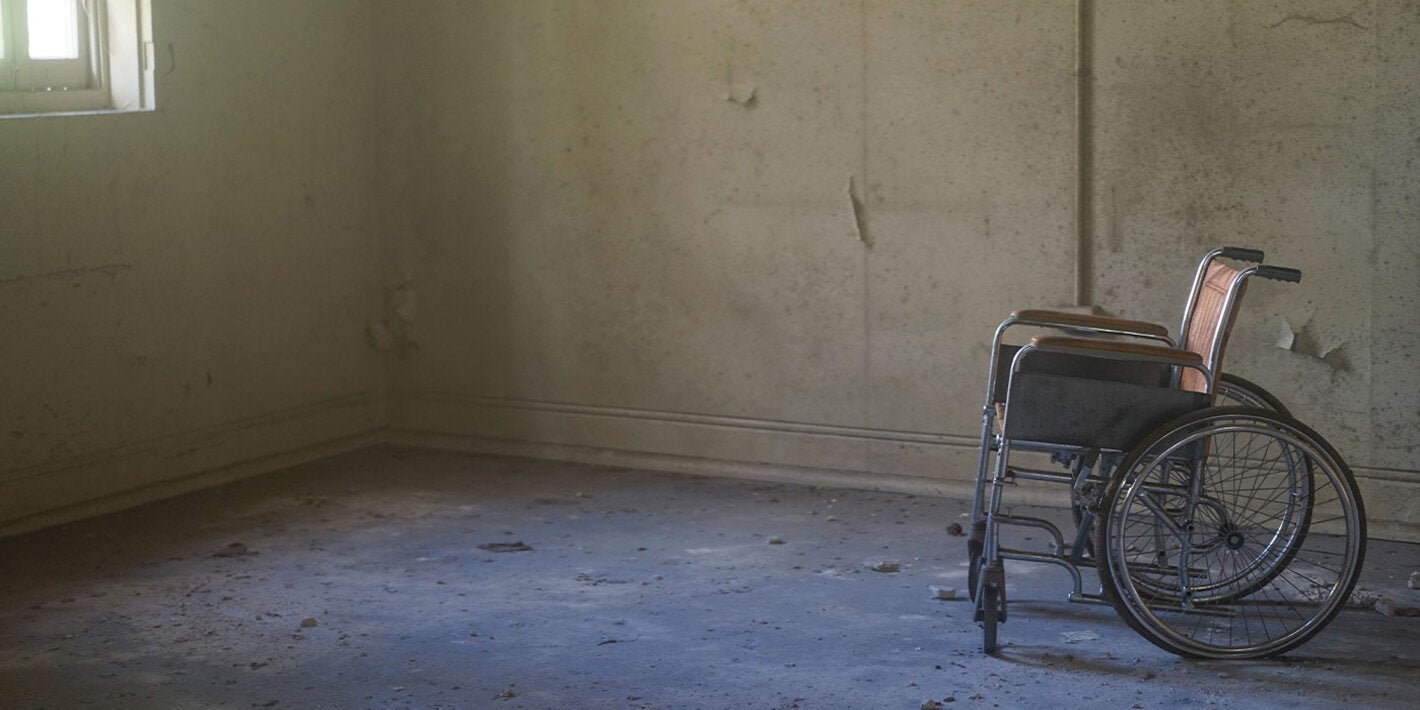
The impact of disasters is greater in the American hemisphere than anywhere in the world except the Asian continent. Around a quarter (21%) of all disasters occurring in the world between 2008 and 2017 took place in the Region of the Americas, creating 254,334 victims, and causing damage equivalent to approximately US$592 billion. The most common events were water- and weather-related, representing 6% of deaths and 79% of injuries in this period. In addition to hydrological and meteorological events, seismic activity, volcanic eruptions, landslides, and events such as fires and social disturbances, among others, can have major effects on populations, infrastructure, and elements such as health services, which are essential for providing care during and after emergencies and disasters.
The Sendai Framework for Disaster Risk Reduction 2015-2030 declares it urgent and essential to predict disaster risk, plan measures, and reduce risk in order to protect people. Moreover, risk reduction practices should reflect a broader preventive approach that considers hazards from multiple perspectives, such as multisectorality, inclusiveness, and accessibility; and they should focus on actions such as monitoring, evaluating, and understanding disaster risk. Similarly, comprehensive plans should be adopted that promote inclusion, efficient use of resources, mitigation of climate change, and resiliency in the face of disaster situations.
The purpose of the all-inclusive and accessible approach is to reduce the risks that disproportionately affect populations in conditions of vulnerability and, particularly, people with disabilities, as reflected in greater mortality, morbidity, and difficulty in disaster situations. The fact that people with disabilities are usually excluded from disaster risk management policy-making and planning increases their vulnerability and creates difficulties in responding to victims after a disaster. For all of these reasons, efforts should be made to include people with disabilities and their families in disaster risk management, and greater emphasis should be placed on preparedness for emergency and disaster response, especially in essential areas like health.
It is essential to have health facilities whose services, in the immediate wake of an emergency or disaster, remain accessible, and whose operations remain functional at their maximum installed capacity with the facilities’ usual infrastructure. This means that health workers should be prepared to respond to all types of threats, on the “leaving no one behind” principle; this includes workers, patients and their family members, and victims of events, and relies on all of a facility’s elements. Moreover, health facilities’ infrastructure should make it possible for people with disabilities to go about their business autonomously, i.e., facilities should comply with regulations on universal access and universal design.
In supporting the efforts of the countries’ health sectors to comply with article 11—“Situations of risk and humanitarian emergencies”—of the United Nations Convention on the Rights of Persons With Disabilities (CRPD), this document presents a methodology for fostering inclusiveness in hospital disaster risk management, with attention to the needs of persons with disabilities. The methodology has been titled Disability Inclusion in Hospital Disaster Risk Management, using the Spanish acronym INGRID-H.
INGRID-H— Disability Inclusion in Hospital Disaster Risk Management —is a “evaluation - action” methodology intended to improve the level of inclusion of people with disabilities in health disaster risk management, particularly in hospital preparedness and response to emergencies and disasters.
INGRID-H is sustented by three phases:
The first is evaluation, in which a baseline is established on the current level of inclusion of people with disabilities in hospital response preparedness for emergencies and disasters, and leads to the creation of an action plan for the continuous improvement in inclusion for disaster risk management.
The second phase is implementation, which is divided into three steps:
- Visibility and participation activities, that aim to improve in the short term (30 days) visibility and representation of people with disabilities in the hospital.
- Autonomy activities, that aim to improve at the medium- and long-term conditions that allow people with disabilities to perform autonomously in the hospital.
- Strengthening response capacity activities, that aim to improve preparedness for response, particularly the updating of procedures in the hospital plan for response to emergencies and disasters, so that it includes the specific needs of people with disabilities.
The third phase is verification, where actions are established with the objective of assessing the disability variable in the hospital emergency and disaster response plan, through inclusive simulation exercises and simulations.
The implementation of INGRID-H will not only contribute to the fulfillment of the rights of people with disabilities, but will also contribute to the efforts of the countries to have a safer, more inclusive and resilient health sector.



